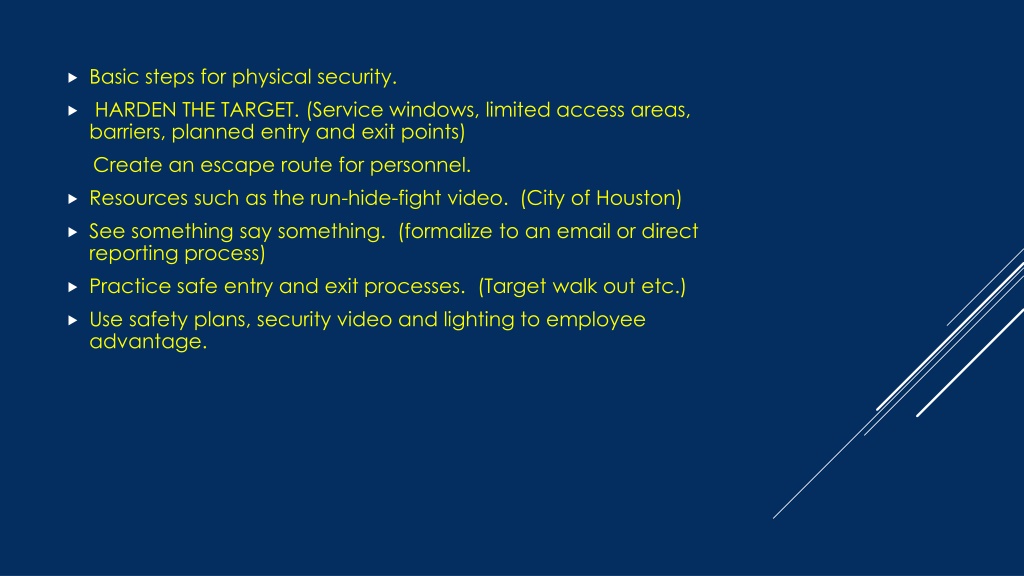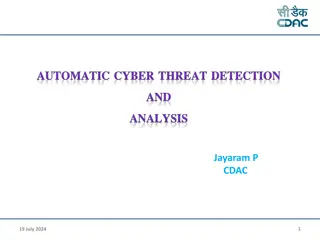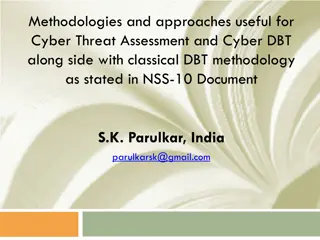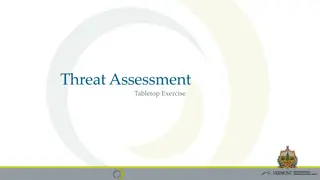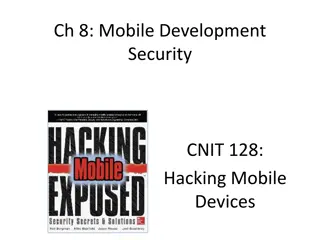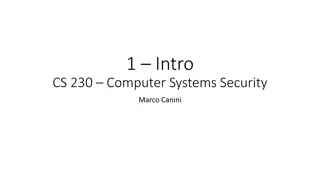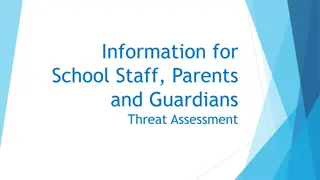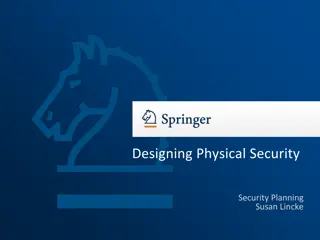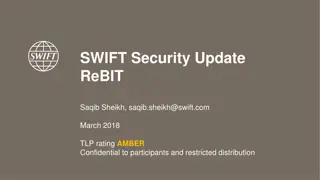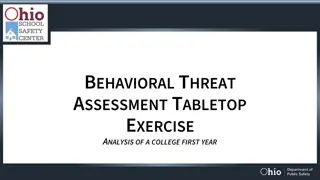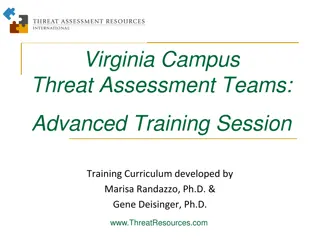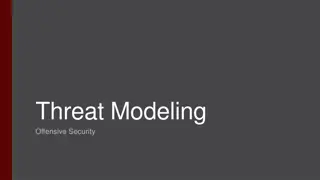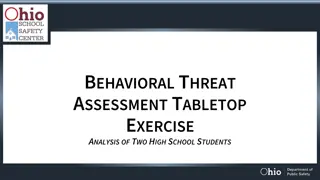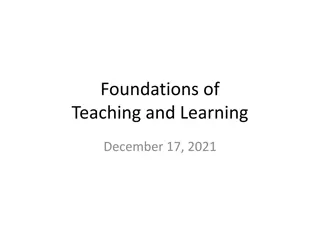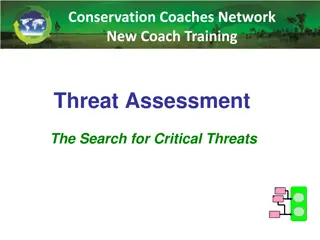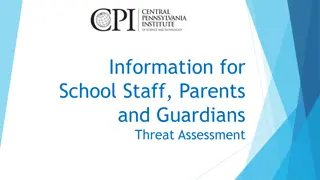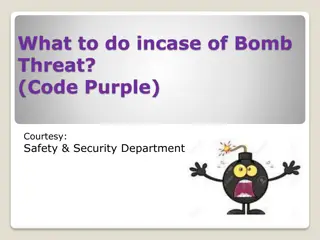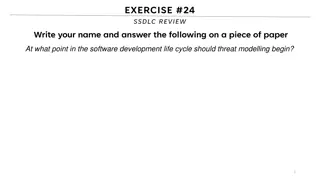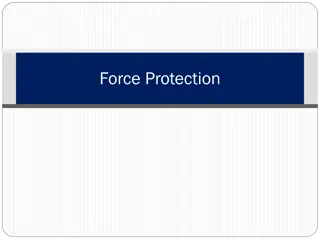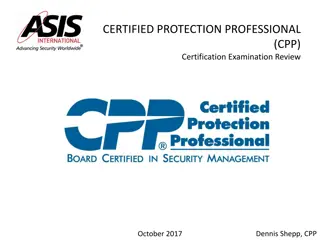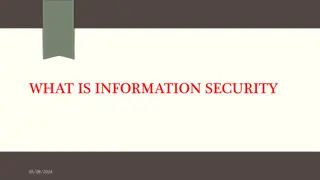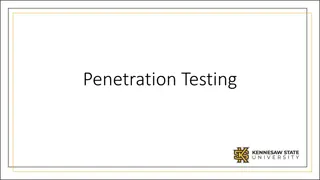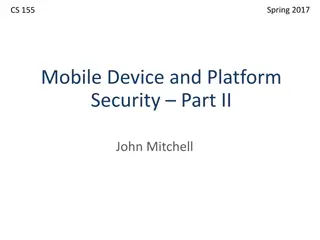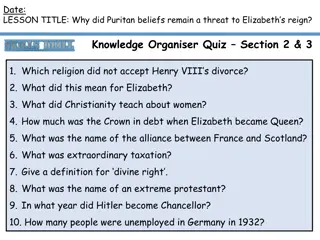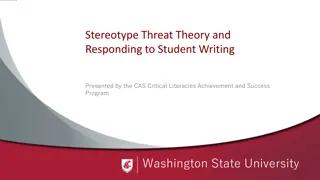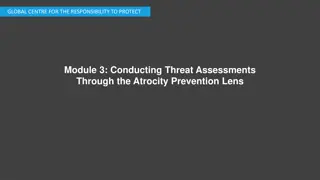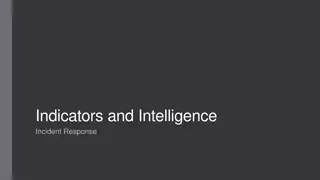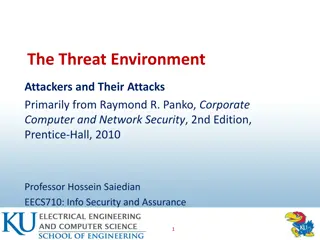Comprehensive Guide to Physical Security Measures and Threat Assessment Basics
Establishing physical security measures like hardening target areas, creating escape routes, practicing safe entry/exit processes, and utilizing security resources are crucial. Threat assessment basics involve understanding targeted violence, situational awareness, inhibitors to violence, and identifying potential threats. By recognizing risk levels and implementing intervention strategies, organizations can enhance safety and security protocols effectively.
Download Presentation

Please find below an Image/Link to download the presentation.
The content on the website is provided AS IS for your information and personal use only. It may not be sold, licensed, or shared on other websites without obtaining consent from the author. Download presentation by click this link. If you encounter any issues during the download, it is possible that the publisher has removed the file from their server.
E N D
Presentation Transcript
Basic steps for physical security. HARDEN THE TARGET. (Service windows, limited access areas, barriers, planned entry and exit points) Create an escape route for personnel. Resources such as the run-hide-fight video. (City of Houston) See something say something. (formalize to an email or direct reporting process) Practice safe entry and exit processes. (Target walk out etc.) Use safety plans, security video and lighting to employee advantage.
THREAT ASSESSMENT BASICS Targeted Violence: When a specific individual, individuals or institution is threatened with physical harm (Usually through a specific relationship involving control or threatened loss of control) Understanding the transitional actions Grievance Ideation Planning- Preparation Breach and Attack
Situational Awareness: Take note of out of the normal comments and behaviors. (in the Fed system the Marshals track ICC s Inappropriate Communications and Contacts) Judiciary Security Issues Intelligence options: Social media - Facebook and email. Social media often reveals ideations and thought processes that flag and verify threats or potential threats. Vailed comments in letters or postings or texts are common.
Inhibitors: Natural social and psychological barriers to violence. (job, social status, religion, family, working with a counselor or legal council) Dominoes effect of inhibitors. Typically a triggering event followed by rapid multiple issues. Intervention strategies. Communication options, monitoring, police reporting and contact. 3rdparty assistance monitoring. Security plans and actions for high risk subjects.
Identifying Hunters vs. Howlers Attempted physical contact is an aggressive step Subject s awareness of Judges personal or familial situation. Hard vs. Soft locations Situational awareness
Low Risk Moderate Risk High Risk *One or two indirect threats or intimidating actions *Intimidating style at least occasionally *One or two angry outbursts or hostile style *One or two incidents of perceived harassment *Unacceptable physical actions short of body contact or property damage. (e.g. door slamming, throwing items etc.) *Two or more threats with increasing specificity *Conscious intimidation or repeated bullying; impulsive *Repeated angry outbursts or overt angry style, inappropriate to context, *Repeated pattern of harassment *Intentional bumping or restricting the movement of another person. *Clear direct multiple threats; or ultimatums-especially to authority, evidence of a violent plan *Intense undissipated anger *Repeated fear-inducing boundary crossing or seeking direct contact; stalking; violating physical security protocols with malicious intent *Grabbing, grappling, striking, hitting, slapping or clearly using harmful force.
Buffers or Inhibitors: Evidence of respect or restraint is shown Wants to avoid negative consequences Genuine remorse for scaring people Absence of inappropriate emotional associations or attachments to weapons Appropriate seeking of legal guidance or counseling Shows action to negotiate or resolve an issue Job or relationship not essential to self-worth or survival strategy Engages in planning for future Adequate coping responses Positive family or personal relationships Religious beliefs prohibit violence No financial, health or legal problems
